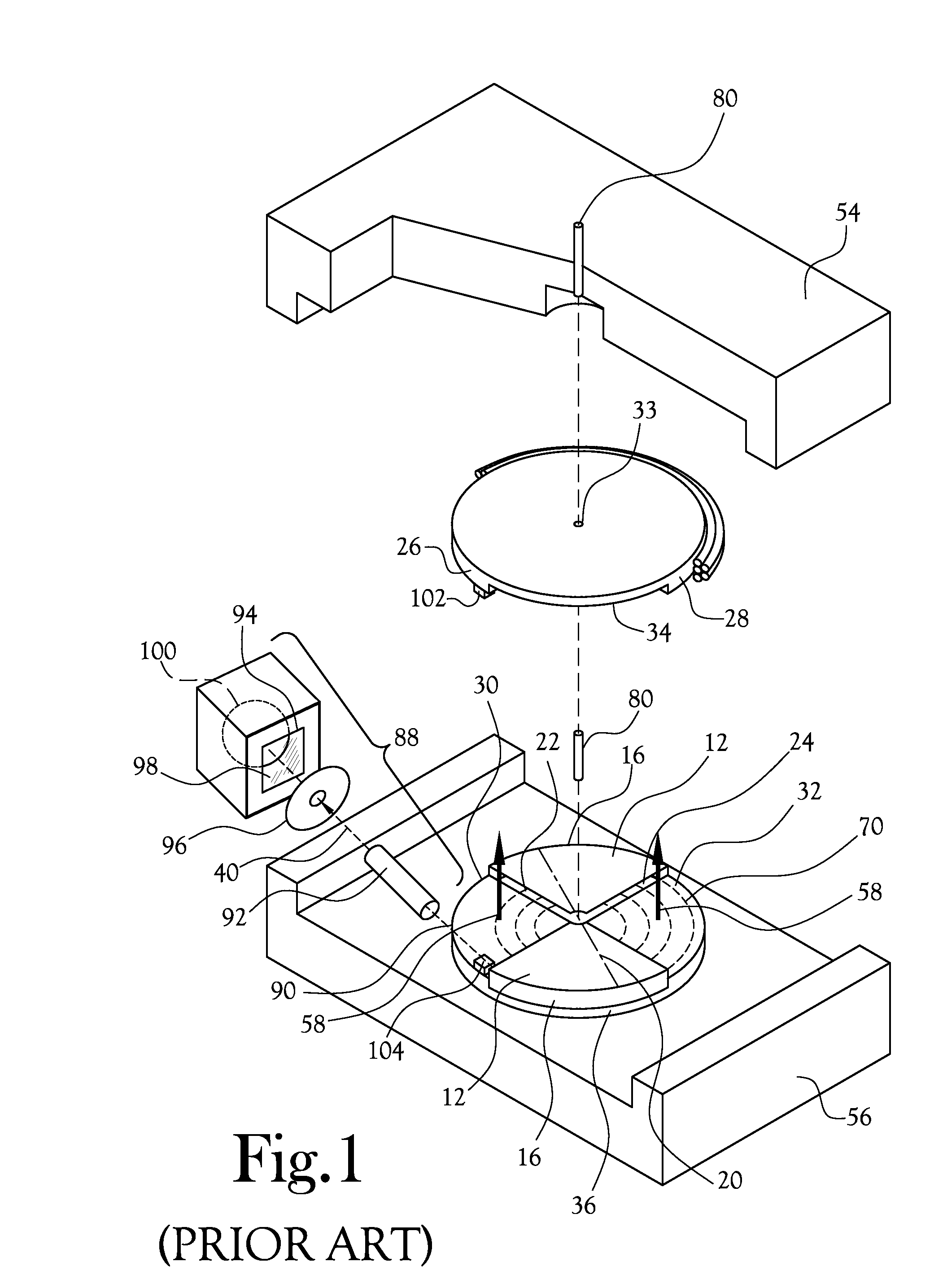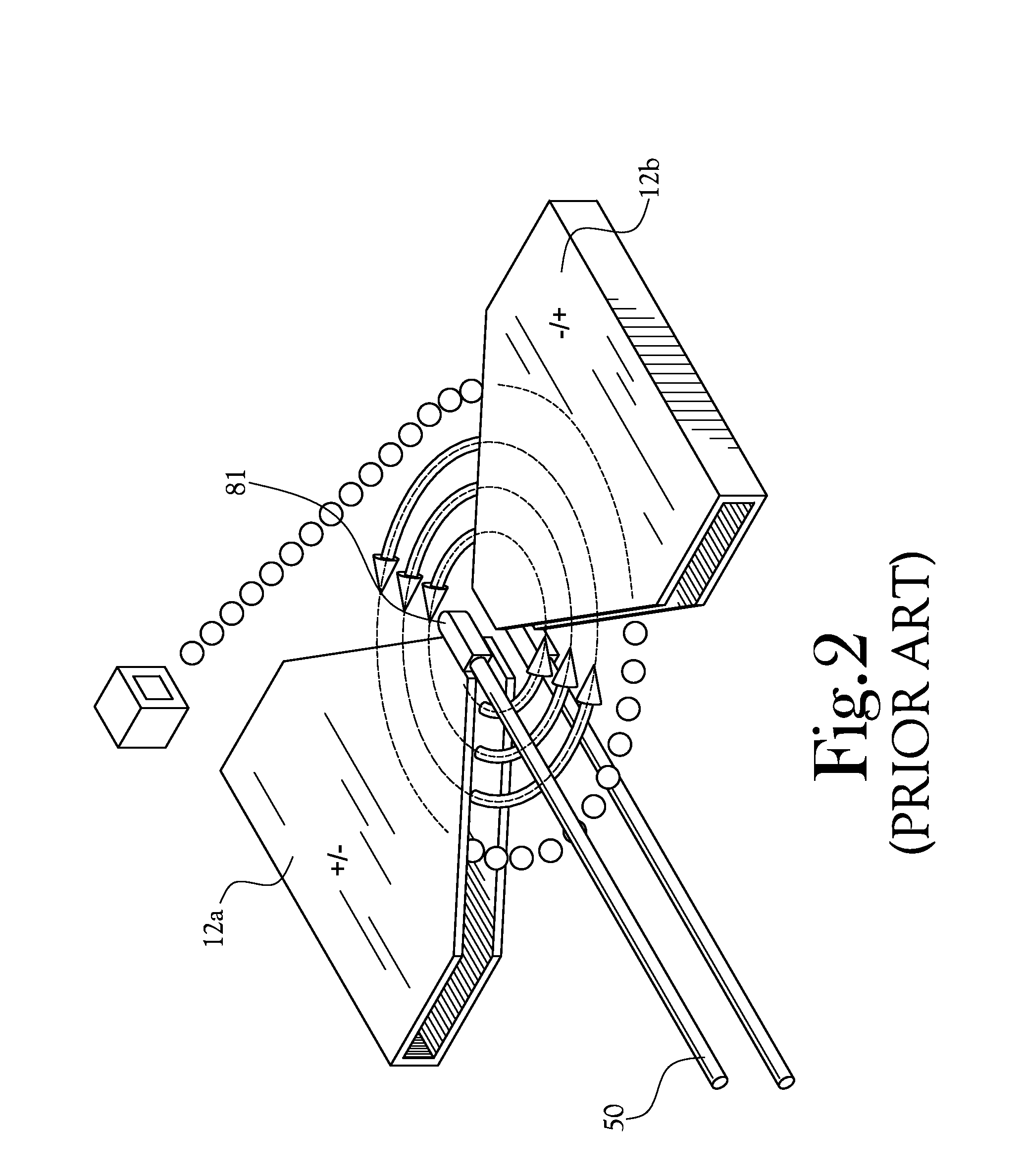Low-Volume Biomarker Generator
a biomarker generator and low-volume technology, applied in the direction of isotope delivery systems, accelerators, radioactive sources, etc., can solve the problems of limiting the heat transfer and mass transport rate, reducing the efficiency of biomarker production, and reducing the size, power requirements, and weight of cyclotrons, so as to achieve the effect of producing a unit dose of biomarker very efficiently
- Summary
- Abstract
- Description
- Claims
- Application Information
AI Technical Summary
Benefits of technology
Problems solved by technology
Method used
Image
Examples
Embodiment Construction
[0081]A low-volume biomarker generator suitable for producing unit doses of ultra-short lived radiopharmaceuticals is described in detail herein and illustrated in the accompanying figures. The low-volume biomarker generator system includes a low-power cyclotron and a radiochemical synthesis system. The cyclotron of the low-volume biomarker generator is optimized for producing radioisotopes useful in synthesizing radiopharmaceuticals in small quantities down to approximately one (1) unit dose. The cyclotron incorporates permanent magnets in place of electromagnets and / or an improved rf system to reduce the size, power requirements, and weight of the cyclotron. The radiochemical synthesis system of the low-volume biomarker is a small volume system optimized for synthesizing the radiopharmaceutical in small quantities of approximately one (1) unit dose.
[0082]FIG. 11 is a block diagram of one embodiment of the radio frequency system of
[0083]the cyclotron in the low-volume biomarker gen...
PUM
 Login to View More
Login to View More Abstract
Description
Claims
Application Information
 Login to View More
Login to View More - R&D
- Intellectual Property
- Life Sciences
- Materials
- Tech Scout
- Unparalleled Data Quality
- Higher Quality Content
- 60% Fewer Hallucinations
Browse by: Latest US Patents, China's latest patents, Technical Efficacy Thesaurus, Application Domain, Technology Topic, Popular Technical Reports.
© 2025 PatSnap. All rights reserved.Legal|Privacy policy|Modern Slavery Act Transparency Statement|Sitemap|About US| Contact US: help@patsnap.com



